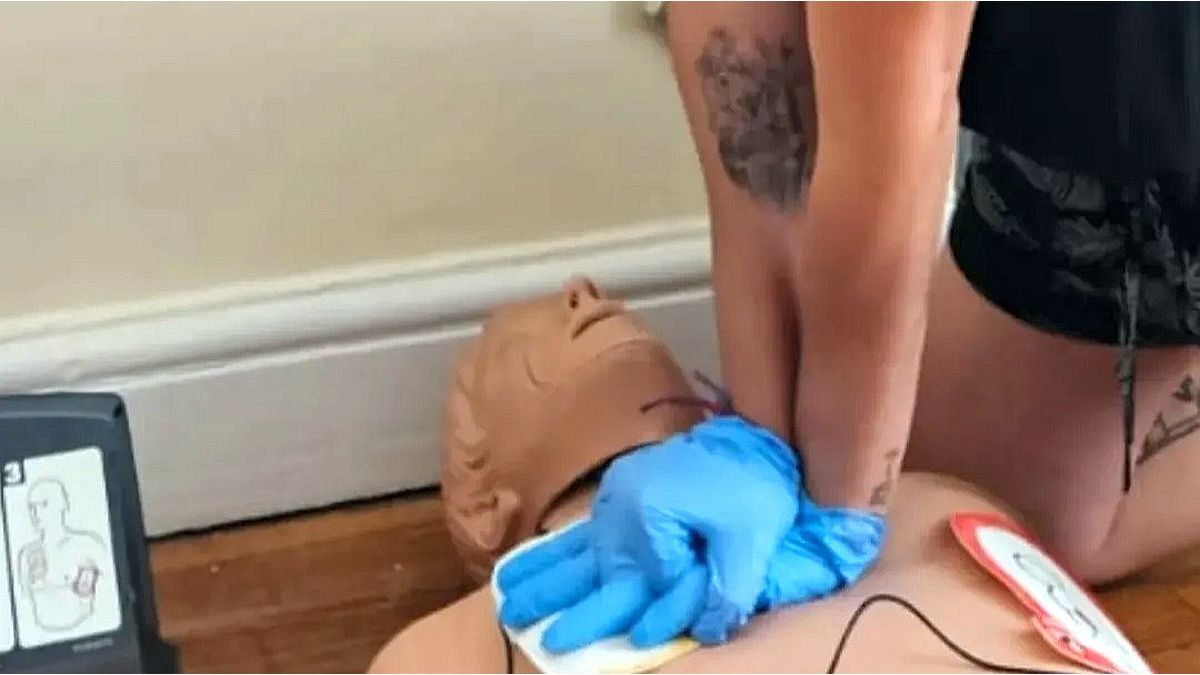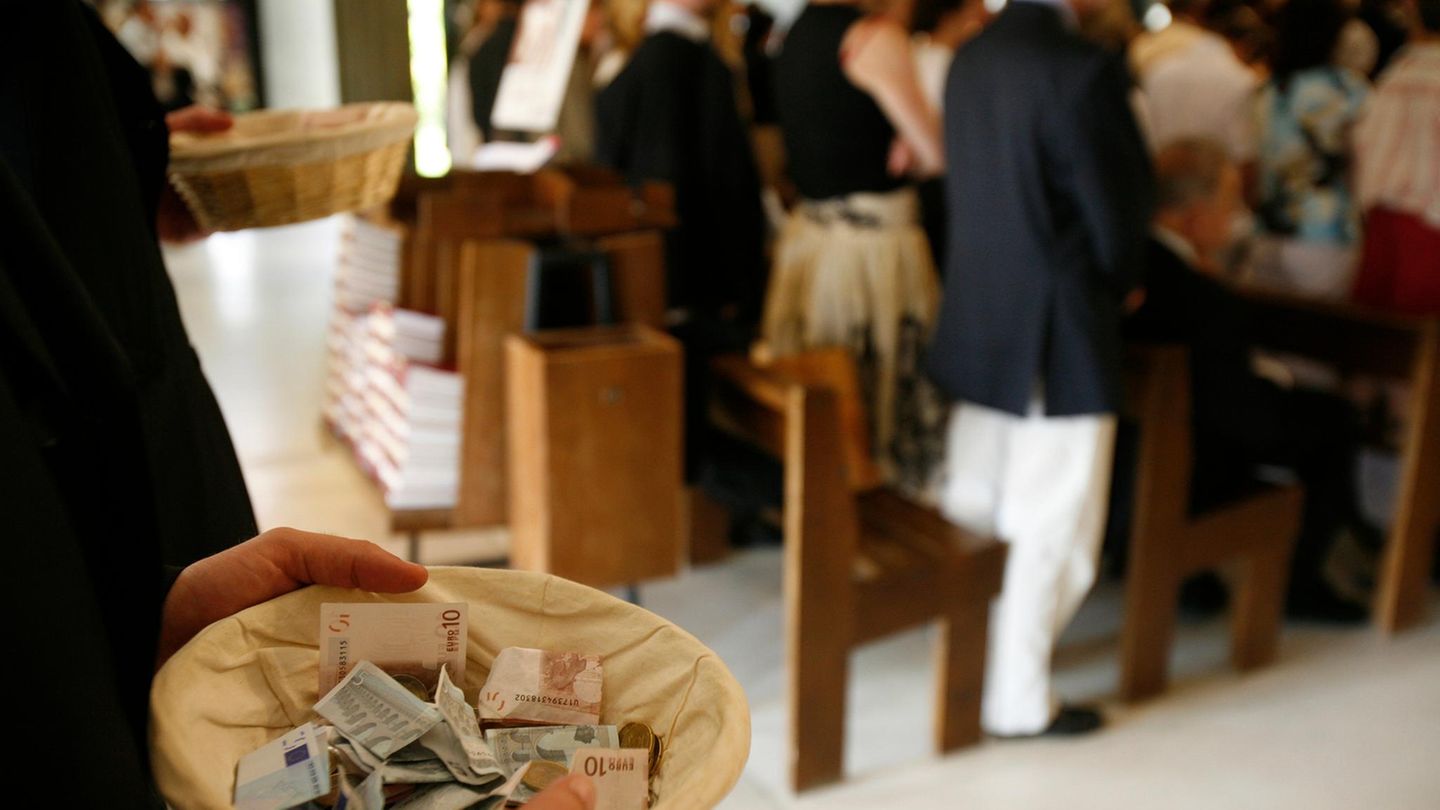In Argentina, cardiovascular diseases continue to be the main cause of death. They seek to raise awareness among the population about the use of cardiopulmonary resuscitation maneuvers and the Automatic External Defibrillator (AED) in emergency situations.
30.3% of annual deaths from defined causes in the country are due to cardiovascular diseases, according to data from the Ministry of Health. In turn, the Argentine Society of Cardiology (SAC) states that every year there is one sudden death for every 1,000 inhabitants. In it World CPR Daywhich is commemorated every October 16, seeks to raise awareness among the population about the importance of knowing the appropriate initial maneuvers to treat these emergency cases. Mainly, through cardiopulmonary resuscitation and the use of the Automatic External Defibrillator (AED).
The content you want to access is exclusive to subscribers.
CPR is a life-saving emergency procedure performed when a person has stopped breathing or their heart has stopped beating. It is a combination of chest compressions and rescue breathing to maintain oxygenated blood circulation until breathing and heartbeat can be restored. For its part, the AED is a medical device that analyzes the heart rhythm and, if necessary, administers an electric shock to try to restore a normal heartbeat. AEDs are easy to use and are designed so that anyone, without any medical training, can apply them in emergency situations.


“70% of sudden deaths occur outside the hospital setting. Unfortunately, it is more common than people believe and we should all be prepared to assist a patient, both with CPR maneuvers and with the use of the AED”highlights Marcelo Filiberti, Secretary of the National CPR and Sudden Death Prevention Network of FAC.
For specialists, implementing both measures can be vital given that lThe combination of immediate CPR and early defibrillation can increase recovery rates by up to 70%. Mainly if they are implemented in the critical window of the first 10 minutes after the event occurs.
Authoritative voices on this problem assure that, although there is a long way to go when it comes to raising awareness and training the population to face these types of situations, both state agencies and private organizations are taking action on the matter. In the case of the State, there are numerous examples of governorates that during this month of October are providing free CPR training in public spaces, schools and clubs, such as the Ministry of Security of CABA and the Municipalities of Junín and Trenque Lauquen, in the province of Buenos Aires.
Javier Fernández Cronenbold, co-founder of Jotatec, an Argentine company that develops and markets medical equipment, assures: “In recent years, consultations by different organizations to train their staff with CPR courses and acquire an AED have increased considerably. Especially, how the legal framework encourages, in spaces where a large number of people accumulate, such as offices, clubs, educational, sports and cultural establishments.”
As for preventive care, a recent survey that Avalian medical coverage conducted with 1,500 people throughout the country shows greater awareness of heart care among the population. 76% claim not to smoke, a distant reality 20 years ago. To the anti-smoking routine is added the practice of physical activity – more than 58% do at least 30 minutes of sports daily – and annual medical check-ups; 57% confirm that they go to the doctor once a year to check their heart and more than 68% have electrocardiograms performed regularly.
“One wishes to never have to initiate protocols of this type. But it is the duty of both institutions and society to be ready to act if necessary. The tools – that is, CPR and AED – are available and within reach of everyone. It is up to us to stop postponing, train and prepare,” concludes Fernández Cronenbold.
What to do in the event of an unexpected loss of cardiac function?
Both international organizations (American Heart Association and European Resuscitation Council) and national organizations agree on a sequence of actions that can be key to helping patients cope with these critical situations and increasing their chances of survival.
1) Check the patient’s pulse or breathing. If it is abnormal, activate the emergency system (107 or 911).
2) Begin CPR maneuvers on the patient at risk. If there are more people, delegate tasks: while one person performs reactivation maneuvers, another person looks for the AED.
3) Once the AED is obtained, it will apply rapid defibrillation to the patient. The device will analyze the patient and give the necessary instructions if needed.
4) Repeat the two previous steps until the emergency team arrives or the person regains signs of vitality.
5) Post-incident care for the patient.
6) Patient recovery: includes additional treatment, observation, rehabilitation and psychological support.
Source: Ambito
I am an author and journalist who has worked in the entertainment industry for over a decade. I currently work as a news editor at a major news website, and my focus is on covering the latest trends in entertainment. I also write occasional pieces for other outlets, and have authored two books about the entertainment industry.




